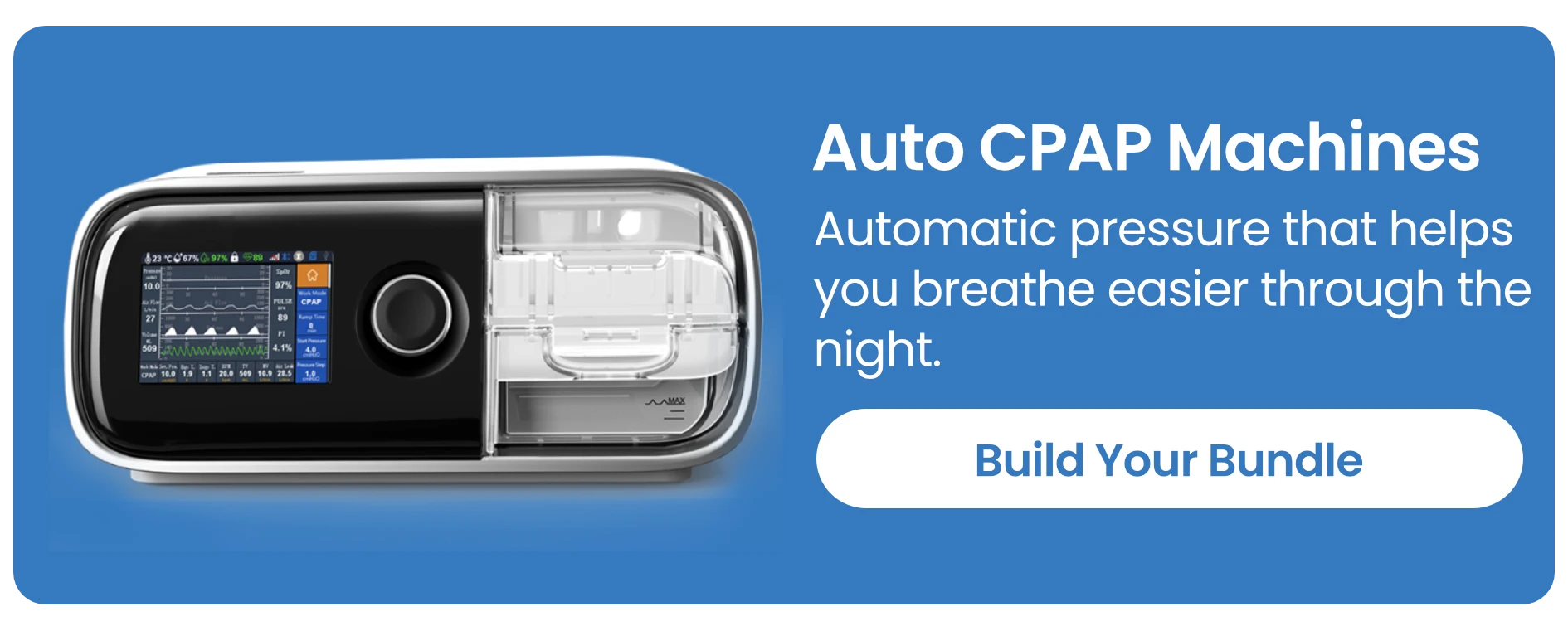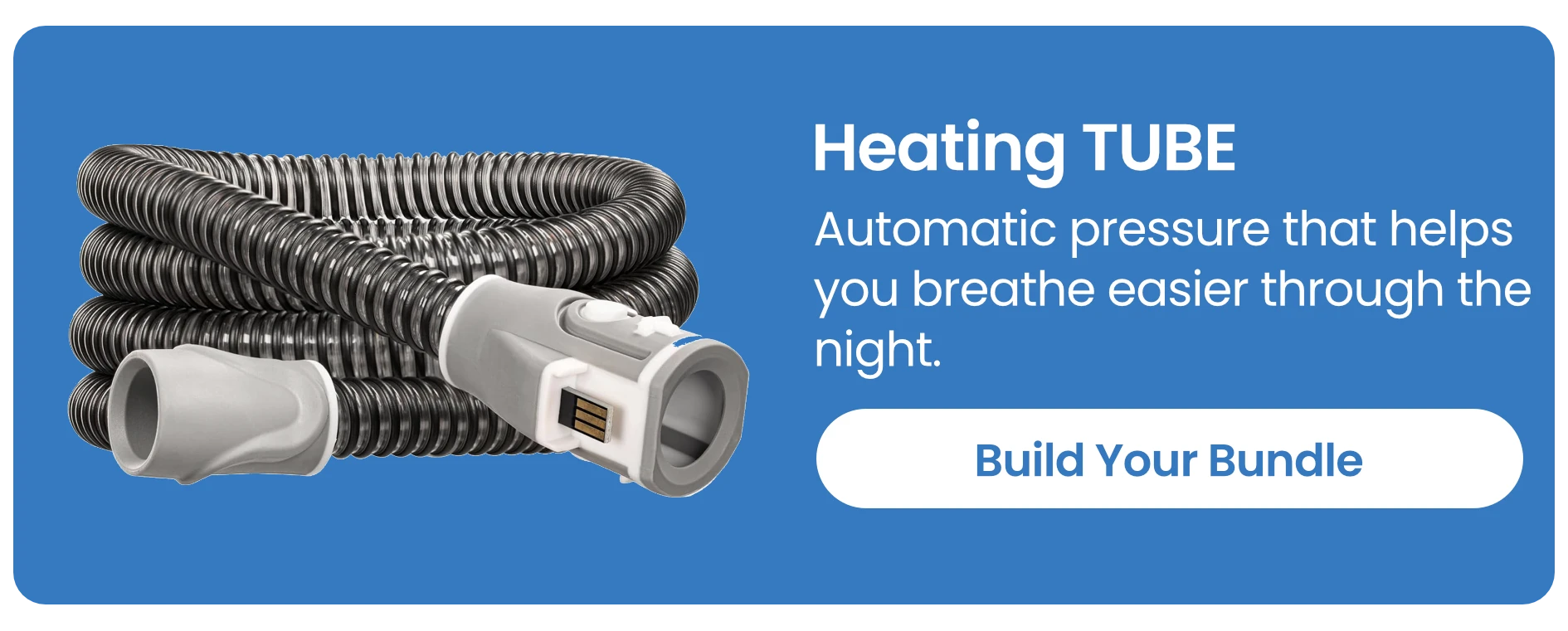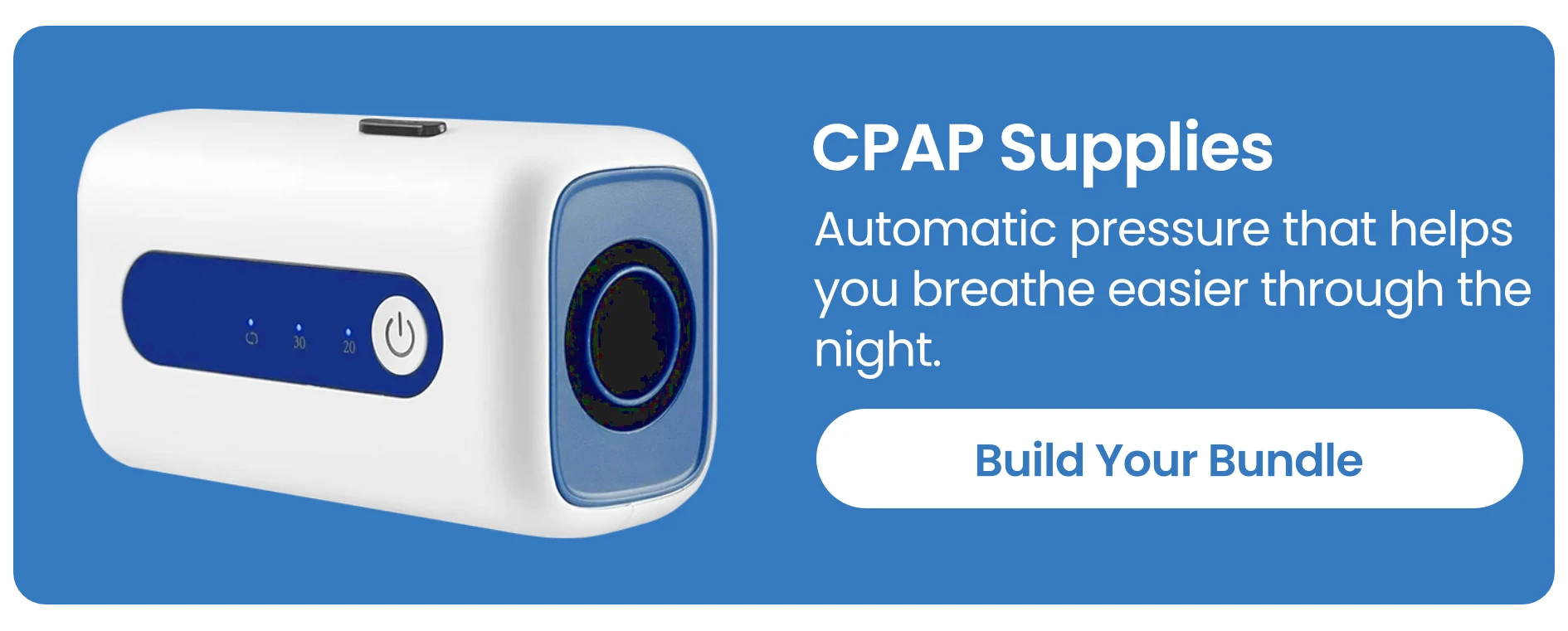Less Sleep, Higher Risk: The Hidden Danger of Sleep Apnea
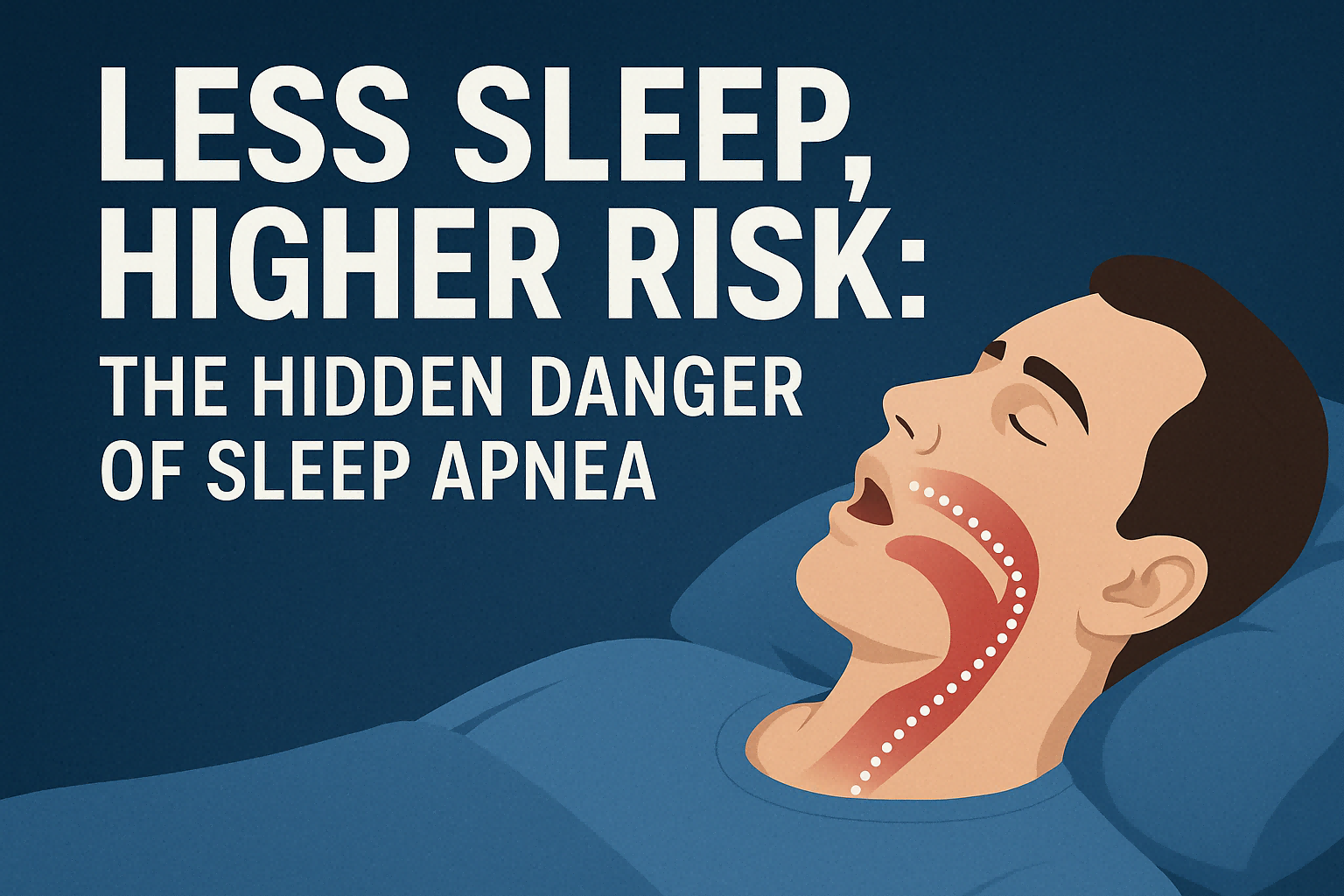
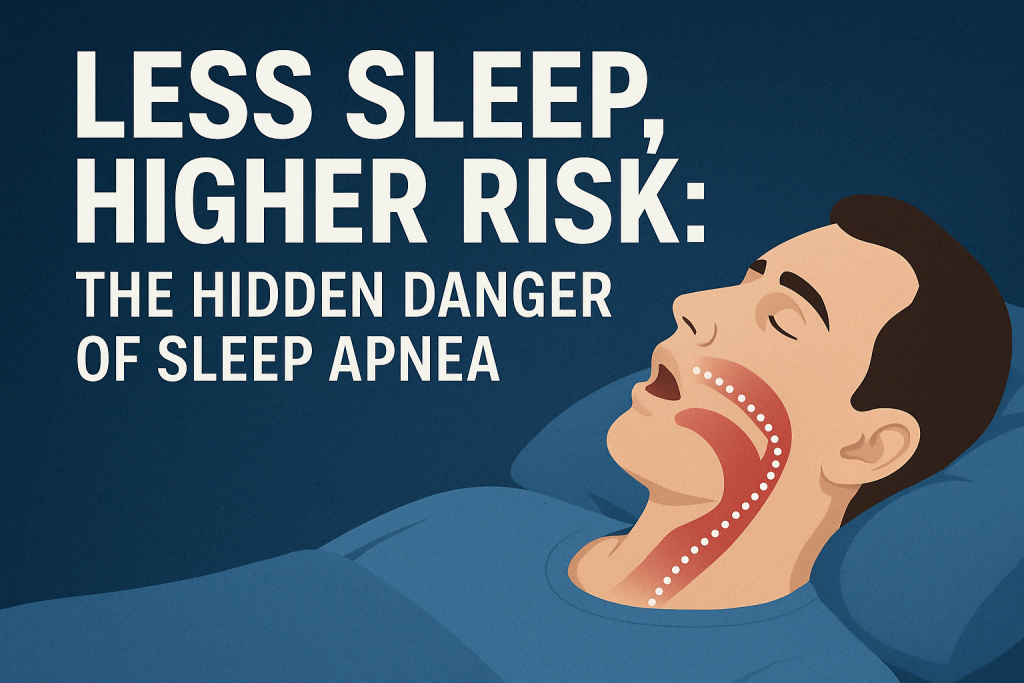
Why Sleep Matters More Than You Think
Sleep is more than just a time to recharge—it’s a critical function that impacts nearly every system in the body. Yet millions of people worldwide suffer from poor sleep quality, often without realizing that a serious condition may be behind it. Less sleep, higher risk: the hidden danger of sleep apnea isn’t just a catchy phrase; it’s a real threat affecting health, safety, and longevity.
If you’ve ever woken up feeling exhausted despite spending eight hours in bed, or if your partner complains about your loud snoring and pauses in breathing at night, sleep apnea might be the culprit. Left untreated, this condition doesn’t just disrupt rest—it raises the risk of life-threatening illnesses like heart disease, diabetes, and stroke.
Understanding Sleep Apnea
What is Sleep Apnea?
Sleep apnea is a sleep disorder in which breathing repeatedly stops and starts during sleep. These interruptions can last from a few seconds to over a minute and occur dozens—or even hundreds—of times per night. Each pause cuts off oxygen, jolts the brain awake, and prevents the body from reaching deep, restorative sleep.
Types of Sleep Apnea (OSA, CSA, Mixed)
- Obstructive Sleep Apnea (OSA): Caused by blocked airways due to relaxed throat muscles.
- Central Sleep Apnea (CSA): A brain signaling issue where the body forgets to breathe.
- Mixed Sleep Apnea: A combination of both OSA and CSA.
How Sleep Apnea Differs from Regular Snoring
Not everyone who snores has sleep apnea, but almost everyone with sleep apnea snores. The key difference? With apnea, the snoring is interrupted by silent pauses in breathing—often followed by choking, gasping, or snorting sounds.
The Science Behind Sleep and Health
How Lack of Sleep Affects the Brain
When the brain is deprived of oxygen during apnea episodes, it struggles to regulate memory, concentration, and decision-making. Over time, this leads to cognitive decline and increased risk of dementia.
Connection Between Sleep Apnea and Oxygen Levels
Every pause in breathing lowers blood oxygen levels. This forces the heart to work harder, straining the cardiovascular system and increasing long-term health risks.
Hormonal Imbalances and Sleep Disruption
Sleep apnea triggers stress hormones like cortisol, which can cause weight gain, insulin resistance, and mood disturbances.
The Hidden Dangers of Sleep Apnea
Increased Risk of Heart Disease
People with untreated sleep apnea are significantly more likely to develop arrhythmias, heart failure, and coronary artery disease.
Stroke and High Blood Pressure Links
Constant oxygen deprivation damages blood vessels, raising the likelihood of hypertension and strokes.
Diabetes and Metabolic Disorders
Research shows a strong connection between sleep apnea and type 2 diabetes due to impaired glucose metabolism.
Mental Health Risks: Anxiety and Depression
Chronic sleep deprivation worsens mood disorders, fueling depression, anxiety, and irritability.
Warning Signs You Might Have Sleep Apnea
Common Symptoms in Adults
Most adults with sleep apnea don’t even know they have it. Some of the most common warning signs include:
- Loud, chronic snoring
- Pauses in breathing noticed by a partner
- Gasping or choking during sleep
- Morning headaches
- Daytime sleepiness and fatigue
- Difficulty concentrating or memory problems
Symptoms in Children
Children with sleep apnea may not snore as loudly, but other symptoms can signal trouble:
- Restless sleep or frequent awakenings
- Bedwetting beyond the usual age
- Hyperactivity or poor performance in school
- Mouth breathing and nasal congestion
Risk Factors: Weight, Age, and Genetics
Obesity is the leading risk factor for obstructive sleep apnea, as excess weight around the neck can restrict airflow. Age also plays a role—the older you get, the higher the risk. Genetics, family history, and even the shape of your airway can increase vulnerability.
Diagnosis and Screening
Sleep Studies and At-Home Tests
The gold standard for diagnosing sleep apnea is a polysomnography, an overnight test in a sleep lab that tracks breathing, heart rate, oxygen levels, and brain activity. At-home sleep tests are also available and can provide preliminary data, though they may miss milder cases.
When to See a Doctor
If you consistently feel unrefreshed after sleep, experience frequent morning headaches, or notice symptoms like choking during sleep, it’s time to consult a sleep specialist.
Treatment Options for Sleep Apnea
Lifestyle Changes That Help
Before jumping into machines or surgery, doctors often recommend lifestyle changes such as:
- Losing weight
- Avoiding alcohol before bed
- Quitting smoking
- Exercising regularly
- Sleeping on your side instead of your back
CPAP Therapy Explained
The Continuous Positive Airway Pressure (CPAP) machine is the most common treatment for moderate to severe sleep apnea. It works by delivering constant air pressure through a mask, keeping airways open throughout the night.
Oral Appliances and Surgery
For those who struggle with CPAP, oral appliances that reposition the jaw can be effective. In more severe cases, surgical procedures may be necessary to remove tissue or realign the airway.
How to Improve Sleep Quality Naturally
Healthy Sleep Hygiene Habits
Good sleep hygiene can reduce symptoms and improve rest. Key habits include:
- Keeping a consistent sleep schedule
- Creating a cool, dark, and quiet bedroom
- Avoiding heavy meals and caffeine before bed
- Limiting screen time in the evening
Best Sleeping Positions for Breathing
Sleeping on your back worsens apnea symptoms for many people. Side-sleeping is generally recommended, as it prevents the tongue and soft tissues from collapsing into the airway.
Long-Term Outlook and Prevention
Can Sleep Apnea Be Cured?
While sleep apnea often requires lifelong management, many people see dramatic improvements with treatment. In some cases, significant weight loss or corrective surgery can even resolve the condition.
Preventive Steps to Lower Risk
Prevention focuses on reducing risk factors:
- Maintain a healthy weight
- Treat nasal congestion
- Avoid sedatives and alcohol before bedtime
- Prioritize sleep hygiene
FAQs on Sleep Apnea
1. Can sleep apnea go away on its own?
No, sleep apnea doesn’t usually resolve without treatment. However, weight loss and lifestyle changes can significantly reduce symptoms.
2. Is snoring always a sign of sleep apnea?
Not always. While snoring is a major symptom, not everyone who snores has apnea. The difference lies in breathing pauses and daytime fatigue.
3. Can children have sleep apnea?
Yes. Enlarged tonsils and adenoids are common causes in children, and symptoms often appear as hyperactivity or poor school performance.
4. How dangerous is untreated sleep apnea?
Untreated sleep apnea can lead to heart disease, high blood pressure, diabetes, stroke, and even sudden cardiac death in severe cases.
5. Do I need a CPAP machine forever?
Not necessarily. Some people transition to oral appliances, surgery, or see improvement through weight loss and lifestyle changes.
6. Can sleep apnea be prevented completely?
While not always preventable due to genetics, lifestyle choices like maintaining a healthy weight and avoiding alcohol before bed can lower risks.
Conclusion: Taking Back Your Nights for a Healthier Life
Sleep is not a luxury—it’s a necessity. Less sleep, higher risk: the hidden danger of sleep apnea is a wake-up call for millions of people silently suffering through restless nights and health risks. The good news is that with proper diagnosis, treatment, and lifestyle adjustments, you can reclaim restful nights and safeguard your long-term health.
If you suspect sleep apnea, don’t ignore the signs. A simple test could not only improve your sleep—it could save your life.
👉 Learn more about sleep apnea from trusted sources like the American Academy of Sleep Medicine.







